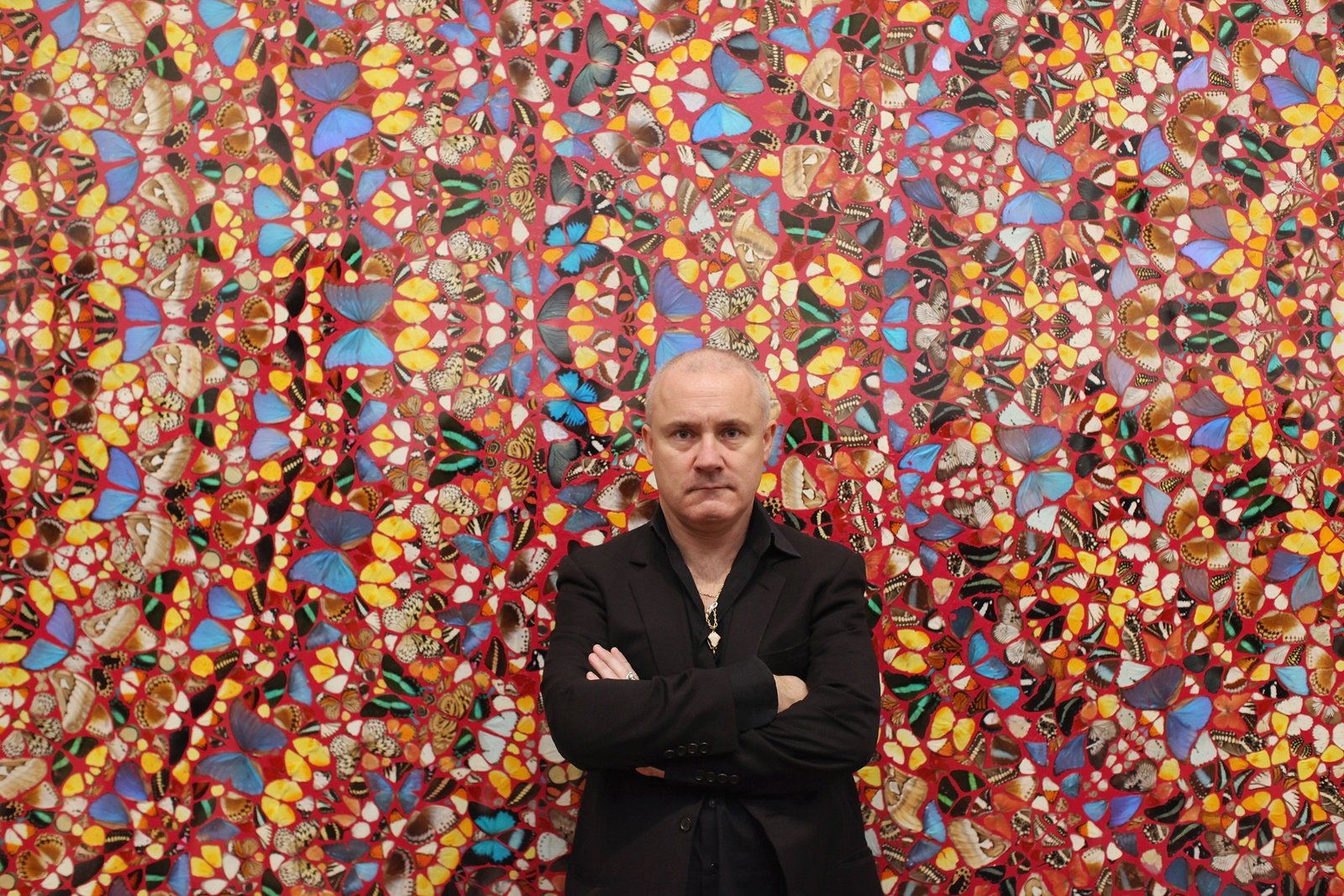
An Italian chemist has retracted a paper he coauthored earlier this year that concluded that Damien Hirst’s works were leaking formaldehyde gas.
Findings appearing in the journal Analytical Methods, published by England’s Royal Society of Chemistry, pointed to some of Hirst’s most famous sculptures. His taxidermied animals in formaldehyde within sealed cases were said to release carcinogenic gases “reaching levels of five ppm (parts per million), one order of magnitude higher than the 0.5 ppm limit set up by legislation,” according to the study.
Now Oxford University chemist Claire Vallance, working with Hirst, has undertaken a new study that refutes the original paper.
“It has been confirmed,” says the new statement from Hirst’s company, Science UK Limited, “that there was never any risk to the public.” As a result, Pier Giorgio Righetti, of the Politecnico di Milano in Italy, who co-authored the Analytical Methods article, has withdrawn it, saying that the original paper was “inaccurate and unreliable.”
All along, however, Righetti had pointed out that “we do not believe that our findings suggest any risk to visitors at Tate Modern,” according to Agence-France Presse.
When artnet News reached out for comment, a representative from Science UK Limited wrote that they will not field any further questions. There is no way for readers to know what flaws marred the initial study or what differing methods of research yielded such varying results, since Hirst’s company is not releasing the results of its own study.
Damien Hirst poses in front of his artwork entitled The Physical Impossibility of Death in the Mind of Someone Living in the Tate Modern, 2012. Photo: Oli Scarff/Getty Images.
Righetti adds in the statement that he “regrets any alarm or concern the Paper may have caused.”
Some 463,000 visitors trouped through Hirst’s 2012 exhibition at London’s Tate Modern, during which the study was undertaken, and where the sculptures Away from the Flock (1994), with a lamb in a glass and steel box, and Mother and Child (Divided), a 1993 work in which four cases enclose the bisected halves of a calf and a cow, were on display.
Damien Hirst’s The Black Sheep with Golden Horns. Photo: John MacDougall/AFP/Getty Images.